Phenotypic characterization of goat populations of North Shoa and South Wollo zones in Amhara region

Authors:
Abstract
The study aimed to assess the phenotypic diversity of the local goat populations based on the measurement of qualitative and quantitative traits. The study was conducted in North Shoa and South Wello zones of Amhara region, Ethiopia in purposively selected districts. A total of 862 randomly selected goats were considered for phenotypic characterization (i.e., 216 from each of Merehabete, Moretena Jiru, Mojaena Wedera, and Wereillu). From the total measured goat 81% of sampled goats were females and the remaining 19% were male. The chi-square test was used to analyze qualitative data, and analysis of variance was used to analyze quantitative measurements. The red coat color was the most observed color in all the study areas. The Merehabete district goat population has a better (P < 0.05) metric value compared to the Mojaena Wedera goat population for female goats. Pairwise Mahalanobis Distance shows the longest distance (6.5) between Merehabete and Mojaena Wedera goat populations. On the other hand, the Wereillu and Moretena Jiru goat populations show the shortest distance (1.8). The Scrotum circumference of the goat population in the study areas was 25 cm at the age of three pairs of permanent incisors and had variation (P < 0.05) among age groups but did not vary (P > 0.05) among study areas. Pairwise Mahalanobis distance and morphometric measurements results show that the goat population has variation, particularly in the Mojaena Wedera and Merehabete goat populations. The variation may be due to management or genetic variation. Therefore, further investigation may be needed to confirm this variation.
